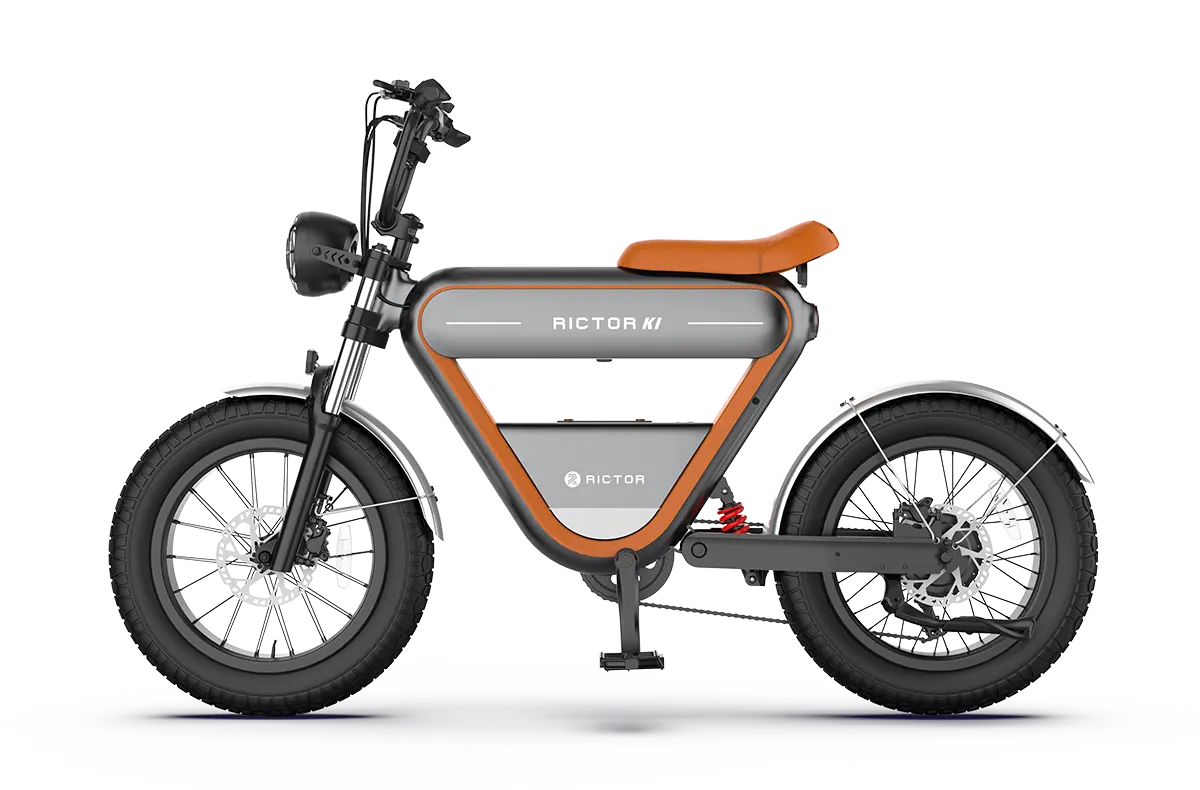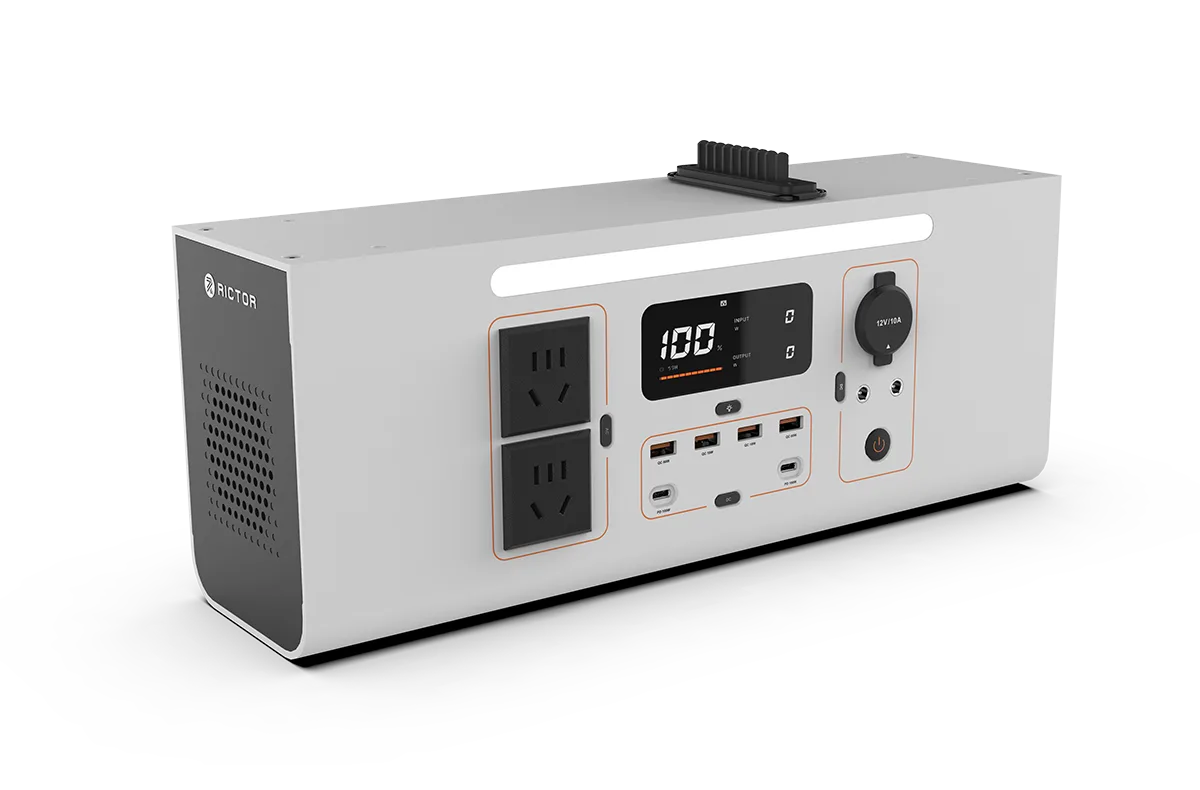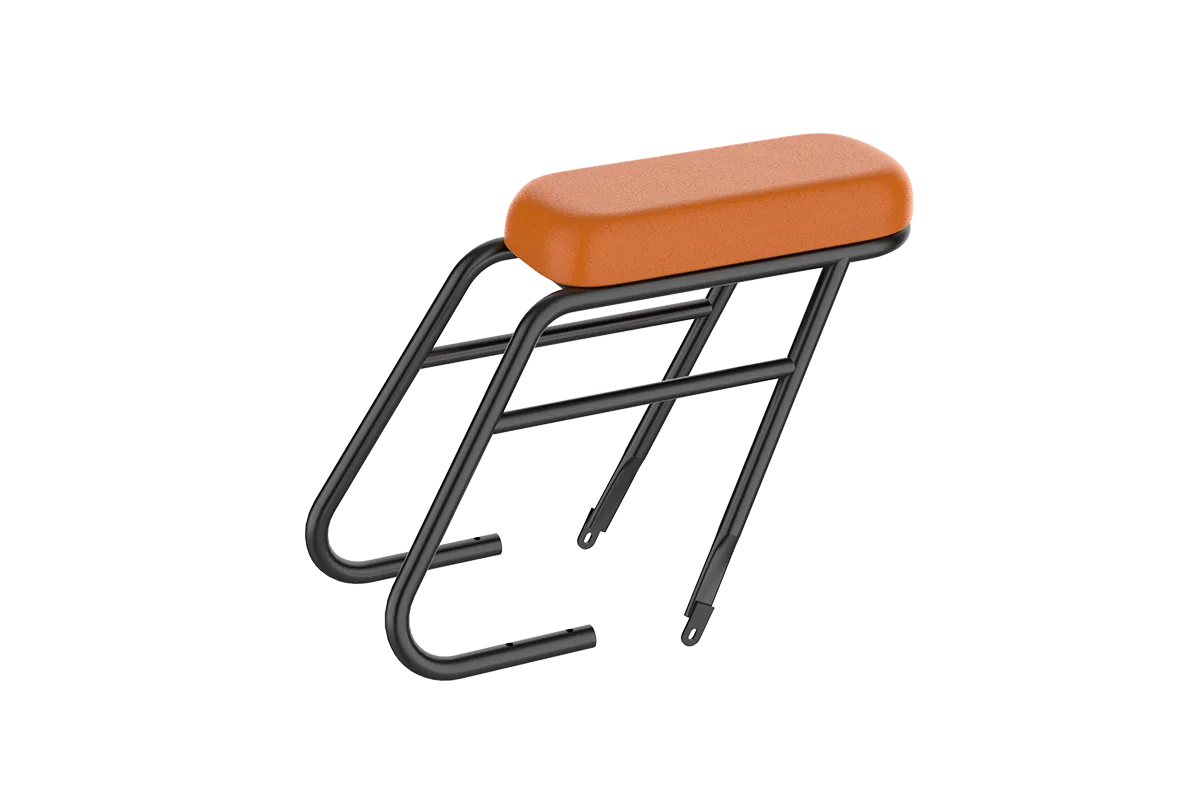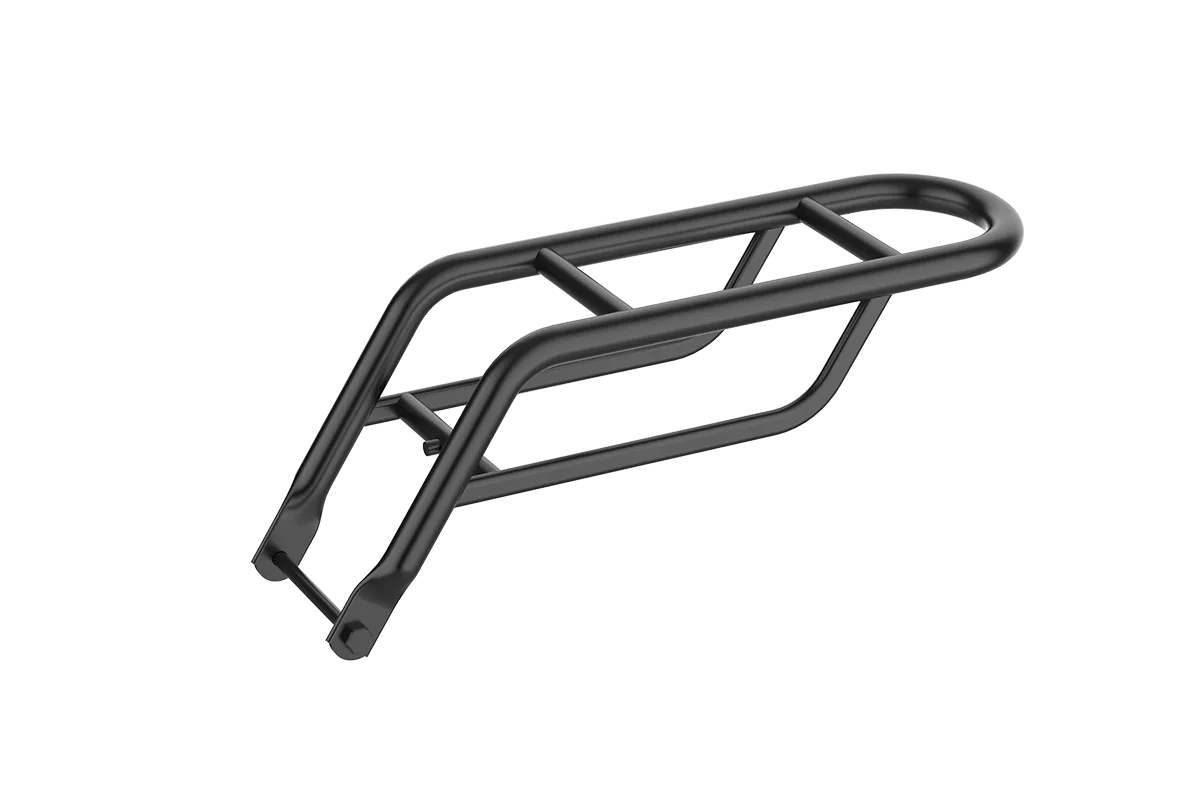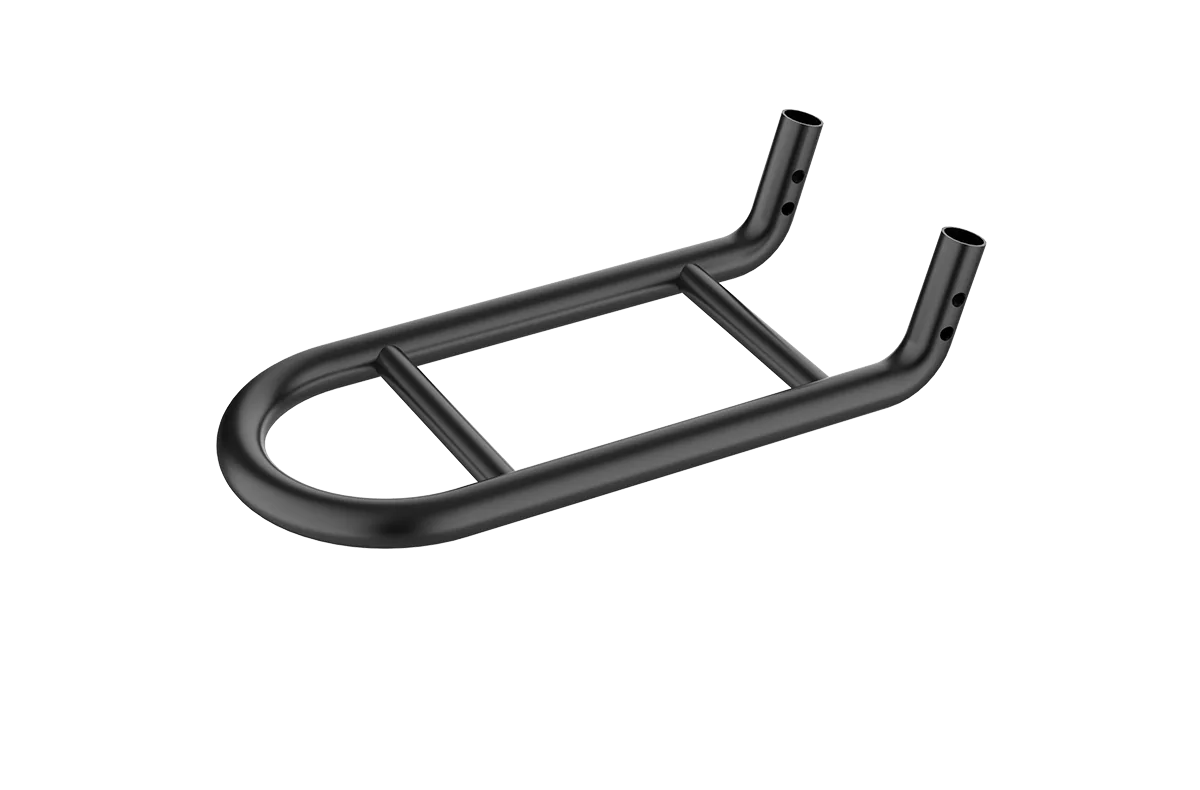The California ebike incentive program, managed by the California Air Resources Board (CARB), is a initiative designed to make electric bicycles more accessible and affordable for Californians. If you've been on the fence about purchasing an electric bike, this incentive could be the perfect reason to make the switch.
This comprehensive guide will walk you through everything you need to know about the California ebike incentive program, from eligibility criteria and voucher amounts to the application process and the numerous benefits of joining the ebike revolution.
Why is California Pushing for Ebikes?
California has long been at the forefront of environmental initiatives. With transportation being a major contributor to greenhouse gas emissions, promoting alternatives like electric bikes is a key strategy. Ebikes offer a fantastic solution:
Reduced Emissions: They produce zero tailpipe emissions, directly contributing to cleaner air.
-
Traffic Congestion Relief: More ebikes on the road mean fewer cars, especially for short trips, easing traffic woes in busy urban areas.
-
Health and Wellness: While pedal-assisted, ebikes still provide a good workout, encouraging physical activity.
-
Cost Savings: Say goodbye to fluctuating gas prices and expensive car maintenance. Charging an ebike costs pennies.
-
Accessibility: Ebikes make cycling accessible to a wider range of people, including those who might find traditional cycling challenging due to distance, hills, or physical limitations.
The CARB ebike program is a significant investment in this vision, aiming to put thousands of subsidized ebikes onto California's streets and bike paths.
Understanding the California Ebike Incentive Program
The California E-Bike Incentive Project provides point-of-sale vouchers to eligible applicants, significantly reducing the upfront cost of a new electric bicycle. Here’s a breakdown of the key features:
Voucher Amounts
The program typically offers a base voucher of $1,750.
Enhanced Vouchers for Priority Applicants
To ensure equity, applicants with household incomes at or below 225% of the Federal Poverty Level (FPL) or those residing in disadvantaged communities (DACs) may qualify for an additional $250, bringing the total potential voucher to $2,000.
Eligible Ebikes
The incentive can be used for various types of new ebikes, including:
-
Class 1: Pedal-assist only, with a maximum assisted speed of 20 mph.
-
Class 2: Throttle-assist and pedal-assist, with a maximum assisted speed of 20 mph.
-
Class 3: Pedal-assist only, with a maximum assisted speed of 28 mph (often requiring helmets).
-
Cargo Ebikes: Designed to carry larger loads or additional passengers.
-
Adaptive Ebikes: Specially designed for individuals with disabilities.
Safety and Quality Standards
All eligible ebikes must meet specific safety and quality standards, including UL or EN certification for the battery and electrical components and a minimum one-year warranty. The ebike must also be delivered fully assembled.
Approved Retailers
Vouchers can only be redeemed at approved California ebike retailers, which can be brick-and-mortar stores or online retailers with a physical presence in California.
It's crucial to check the official program website (ebikeincentives.org) for the most current information on voucher amounts, eligible ebike models, and the list of approved retailers, as these details can be updated.
Key Requirements for Applicants
To qualify for the California ebike rebate, applicants generally need to meet the following criteria:
-
California Residency: You must be a California resident. Proof of residency, like a valid California Driver's License or ID card, is required.
-
Age: You must be 18 years or older.
-
Income Limits: Your annual household income must be at or below 300% of the Federal Poverty Level (FPL). These limits vary based on household size. For example, based on recent (2024 FPL guidelines often used for 2025 programs until updated) figures, the limit for an individual might be around $45,180, and for a household of four, around $93,600. Always verify the current FPL guidelines on the program's official website.
-
One Voucher Per Person: The program typically limits incentives to one per individual.
The program often prioritizes applicants with lower incomes and those living in disadvantaged communities to ensure that the benefits reach those who stand to gain the most from affordable, clean transportation.
The Application Process: Steps to Secure Your Ebike Voucher
The California ebike incentive program typically opens for applications in specific "windows" or rounds due to high demand and limited funding for each round. Here’s a general overview of what the application process often involves:
Prepare Your Documents
Before an application window opens, gather necessary documentation. This usually includes:
- Proof of California residency (e.g., valid California ID/Driver's License).
- Proof of income (e.g., federal tax transcript or other accepted income verification documents). Make sure your address on these documents is current.
Stay Informed
Regularly check the official California E-Bike Incentive Project website (ebikeincentives.org) for announcements about upcoming application windows. Subscribing to their email list is a good way to get timely updates.
The Waiting Room System
Due to overwhelming interest, the program has implemented a virtual waiting room system for recent application windows.
-
Entry Window: Potential applicants typically need to join this online waiting room during a specific, short timeframe (e.g., between 5 PM and 6 PM on a designated day).
-
Random Selection: After the waiting room closes, a randomization process is often used to select a limited number of applicants who will then be invited to formally apply. This is designed to ensure fairness.
Complete the Online Application
If selected, you will receive instructions to complete the full online application. This will involve uploading your prepared documents and providing other required information.
Educational Requirements
Applicants are usually required to watch short online training videos on ebike safety and the climate impact of ebikes.
Voucher Issuance
If your application is approved, you will receive an email notification with your voucher code and the expiration date (typically 45 days, though extensions may be possible if an ebike is unavailable).
Redeem Your Voucher
Take your voucher (and ID) to an approved ebike retailer to purchase an eligible ebike. The voucher amount is deducted at the point of sale; you do not receive the funds directly.
Post-Purchase
You'll likely need to participate in follow-up surveys about your ebike usage. There's also typically a requirement to own the ebike for a minimum period (e.g., one year).
Important Note: The program has experienced extremely high demand. Application windows may fill up quickly, and technical issues have sometimes occurred. It's essential to be prepared, patient, and to follow the instructions on the official website precisely. The program administrators are continually working to improve the process.
Beyond the State Program: Local Ebike Incentives in California
While the statewide CARB ebike program is a fantastic opportunity, don't forget to investigate potential local incentives. Several cities and regional authorities in California offer their own ebike rebate or voucher programs. Examples in the past or currently include:
-
Pasadena Water and Power (PWP): Has offered ebike rebates for residents purchasing from local Pasadena shops.
-
Santa Monica: Has initiated plans for ebike vouchers for income-qualified residents.
-
San Francisco Public Utilities Commission (SFPUC): Has provided rebates through programs like "Electrify My Ride" for eligible customers in specific communities.
-
Bay Area Air Quality Management District (BAAQMD): Its Clean Cars For All program has offered options to scrap an old car for funds that can be used for an ebike.
-
Contra Costa County: Has offered ebike rebates through 511 Contra Costa.
These local programs have their own eligibility criteria and application processes. It's worth checking your city or county's transportation or sustainability department websites for any available local ebike incentives.
Conclusion
The California ebike incentive program is an invitation to embrace a healthier, more sustainable, and often more enjoyable way to travel. By making electric bikes more affordable, California is empowering its residents to reduce their environmental impact, save money on transportation, and discover the joy of cycling with an electric boost.
Keep an eye on the California Air Resources Board and the official ebikeincentives.org website for the latest news on funding availability and upcoming application windows. While demand is high, the continued commitment to this program signals a bright future for e-biking in the Golden State. Don't miss your chance to be part of this exciting movement!
FAQs
What is the California Ebike Incentive Program?
The California E-Bike Incentive Project, run by the California Air Resources Board (CARB), provides point-of-sale vouchers (up to $2,000 for eligible, income-qualified residents) to help Californians purchase new electric bicycles from approved retailers. The goal is to reduce greenhouse gas emissions and make clean transportation more accessible.
Who is eligible for the California ebike incentive?
Applicants must be California residents, 18 years or older, and meet specific income requirements (typically at or below 300% of the Federal Poverty Level, with additional incentives for those at or below 225% FPL or in disadvantaged communities). Always check the official program website for the latest eligibility criteria.
How do I apply for the California ebike voucher?
Applications are usually accepted during specific "windows." Interested individuals typically need to enter an online waiting room during a pre-announced time. A limited number of applicants are then randomly selected to submit a full application with proof of residency and income. Educational components on ebike safety and climate impact are also required. Details are on ebikeincentives.org.

Jun 11, 2025
How Mid-Drive Motors Use E-bike Gears for Cooler, More Efficient Riding
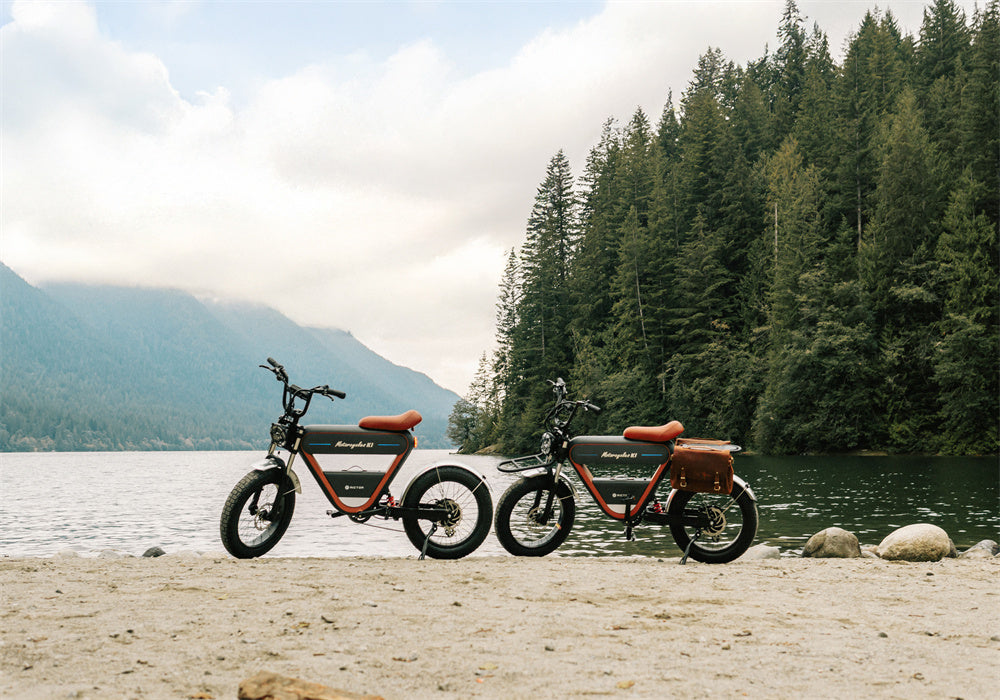
Jun 6, 2025
How to Apply for California's Ebike Incentive
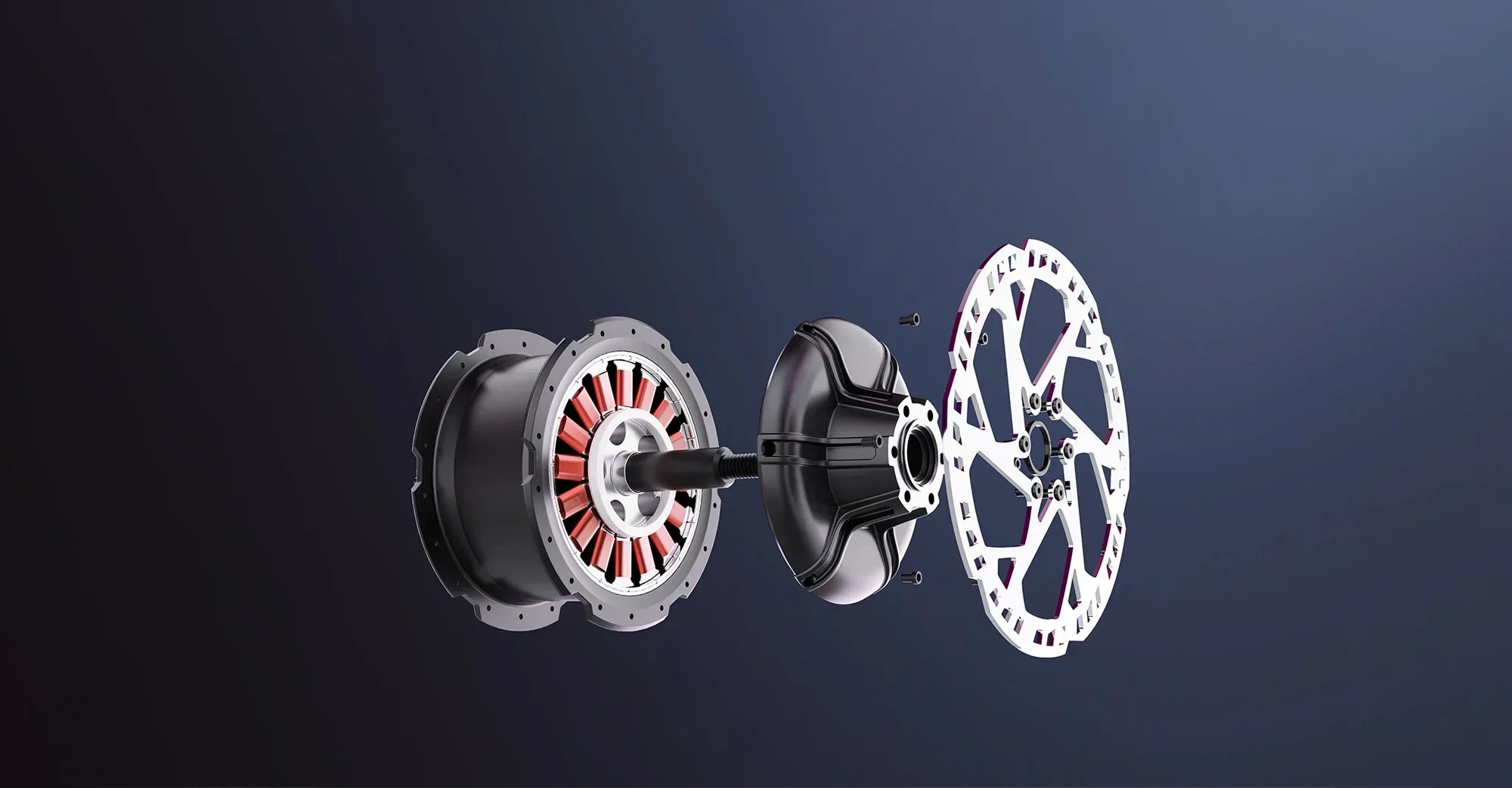
May 30, 2025
E-Bike Motor Stuttering After Overheating? Diagnosing and Fixing Thermal Gremlins

May 29, 2025
Everything You Need to Know About Your Ebike Frame
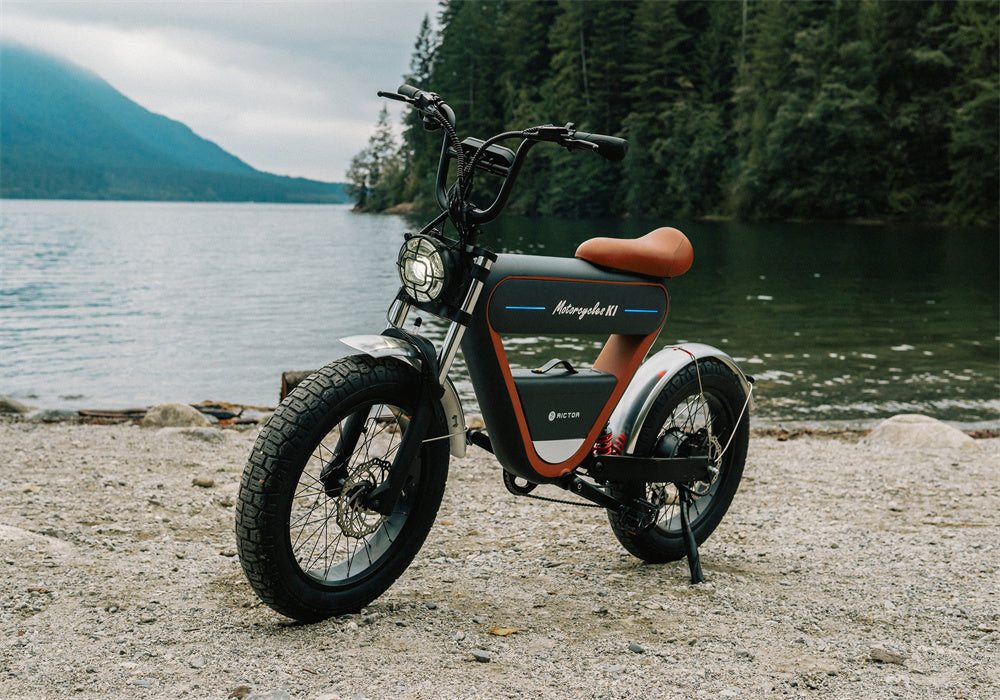
May 28, 2025
Types of E-Bike Sensors: Everything You Need to Know for an Enhanced Ride
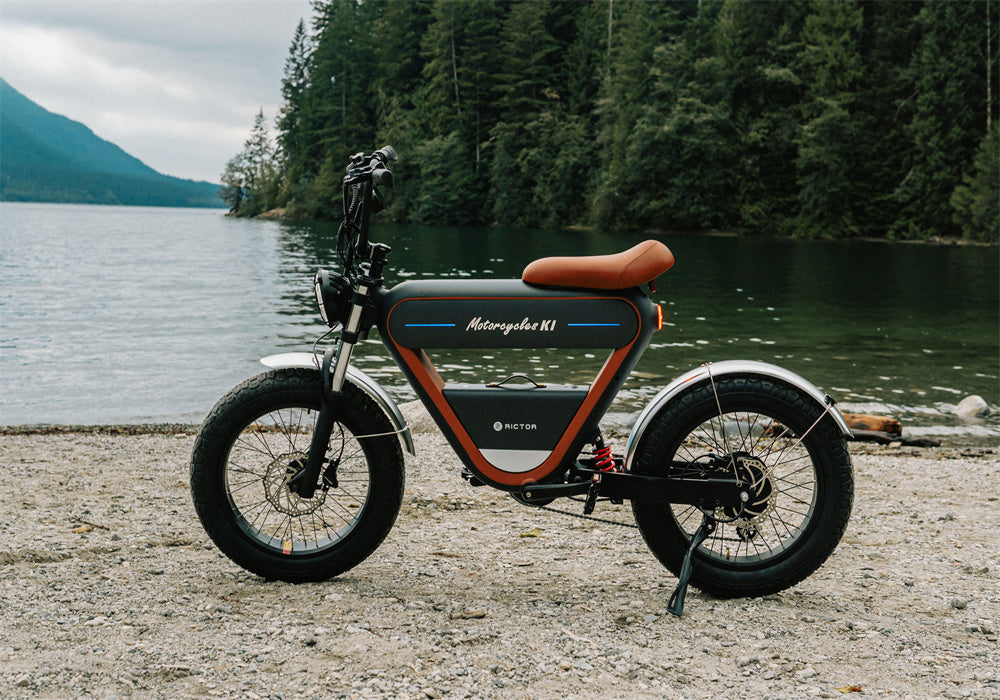
May 26, 2025
